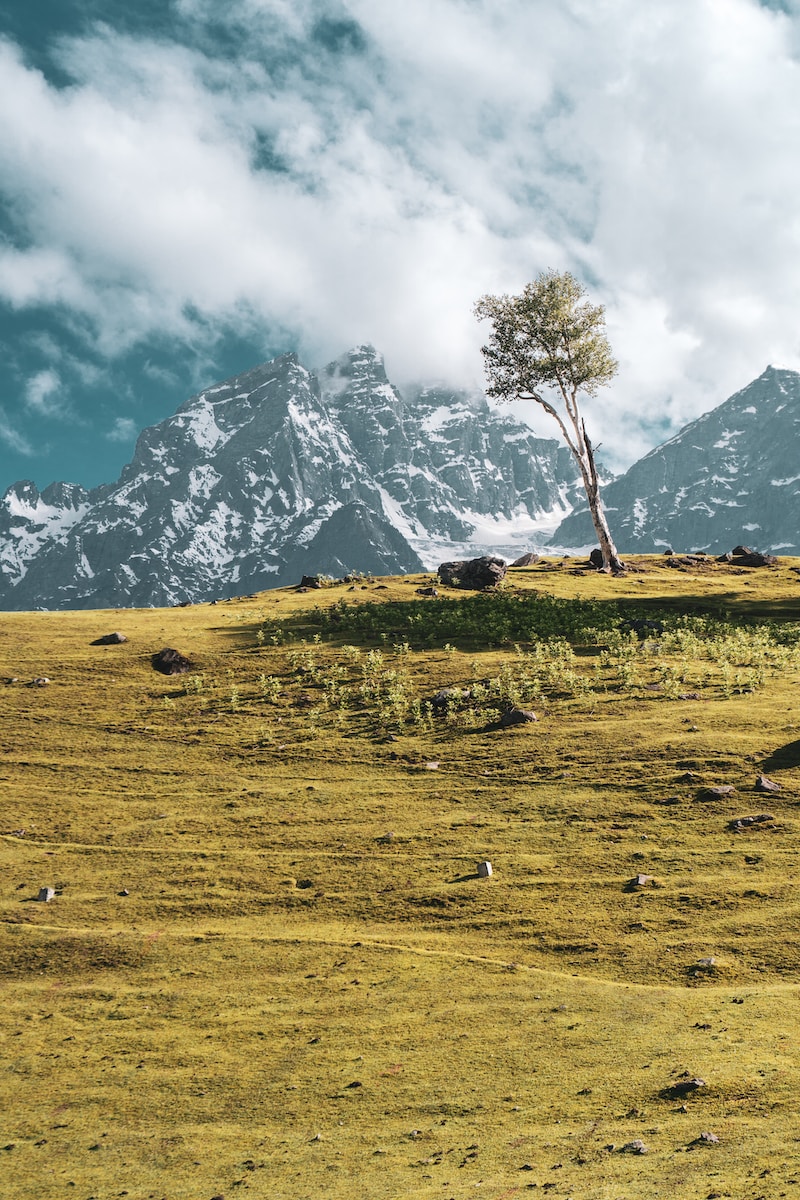Going Beneath the Surface: An Introduction to Underwater Photography
Are you ready to dive into the fascinating world of underwater photography? Whether you are a professional photographer or an enthusiast, taking pictures in the water can be a thrilling and rewarding experience. From coral reefs to shipwrecks, the ocean is full of wonders waiting to be captured on camera.
But before you start, it’s important to understand the unique challenges of underwater photography. Water is a different environment than air, and it requires different techniques and equipment to take good pictures. You need to deal with issues such as buoyancy, visibility, and color distortion, as well as the safety concerns that come with diving. Therefore, it’s essential to prepare yourself and your gear properly, and to practice your skills before you jump in.
Dive into the World of Underwater Photography: Tips and Tricks
If you want to take stunning underwater photos, there are several tips and tricks that you should keep in mind. Here are some of the most important ones:
- Get close to your subject: Water absorbs light and colors, so the farther you are from your subject, the more blurry and colorless your photo will be. Try to get as close as possible without disturbing the marine life or damaging the environment.
- Use natural light: While underwater flashes can be useful, they can also create harsh reflections and shadows. If possible, try to use natural light and shoot during the day when the sun is high in the sky. This will give you more vibrant colors and softer shadows.
- Experiment with angles and perspectives: Underwater photography offers unique angles and perspectives that you cannot find on land. Play with different compositions, depths, and angles to create more interesting and dynamic photos.
Capturing the Beauty of the Ocean: Techniques for Underwater Photography
To capture the true beauty of the ocean, you need to master specific techniques that are essential for underwater photography. Here are some of the most important ones:
- Control your buoyancy: Buoyancy control is crucial for underwater photography, as it allows you to stay in position and avoid disturbing the marine life. Practice adjusting your weights, fins, and breathing to achieve neutral buoyancy.
- Use a wide-angle lens: Wide-angle lenses are ideal for capturing the vastness and depth of the ocean. They also allow you to get closer to your subject and create more dramatic compositions.
- Edit your photos: Post-processing can enhance your underwater photos and bring out the colors and details that were lost in the water. Use software such as Lightroom or Photoshop to adjust the exposure, contrast, and color balance of your images.
With these tips and techniques, you can take your underwater photography skills to the next level and create stunning images that showcase the beauty and diversity of the ocean. Remember to respect the marine life and the environment, and to always prioritize safety when diving. Happy shooting!




